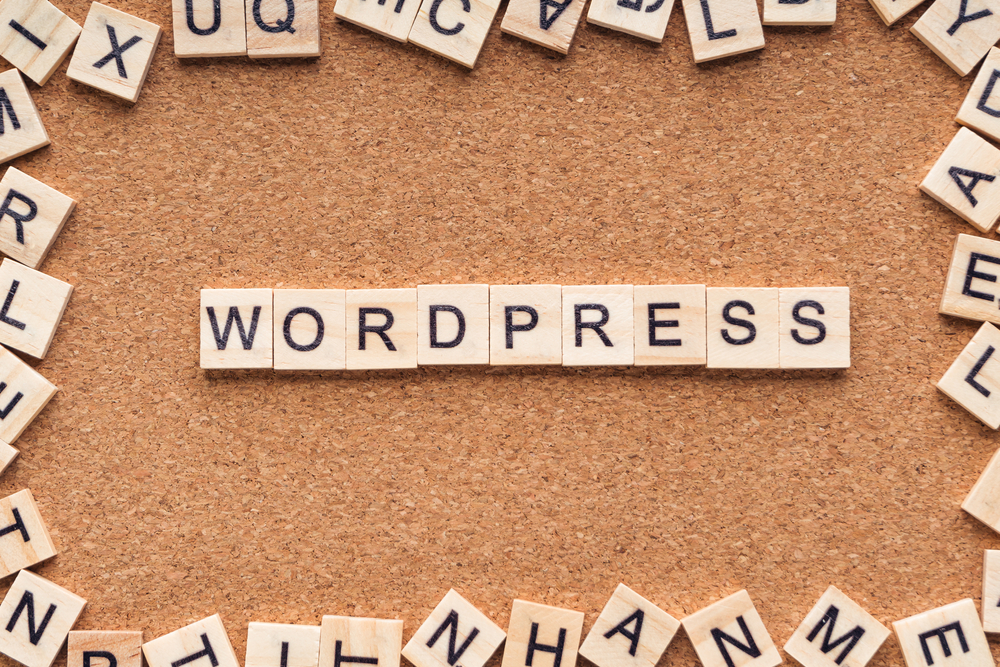
Mastering WordPress Customization & Maintenance: Expert Tips & Tricks

WordPress has become the go-to platform for building and maintaining websites. With its user-friendly interface, customizable themes, and extensive plugin library, WordPress has empowered users of all levels of technical expertise to create stunning websites. However, even with its ease of use, there are still some areas where users may struggle. In this article, we will provide expert tips and tricks for mastering WordPress (the blogging platform) customization and maintenance.
1. Choose the Right Theme:One of the first steps in customizing your WordPress (or WP) website is selecting a suitable theme. With thousands of options available, it can be overwhelming to find the perfect one. To narrow down your choices, consider your website's purpose, functionality requirements, and design preferences. Look for themes that are regularly updated and have good ratings and reviews. Opt for a responsive theme that adapts well to different devices, ensuring a seamless user experience.
2. Customize the Layout:
Once you have chosen a theme, you can start customizing its layout to align with your vision. Use the built-in WordPress (WP) customization options to change colors, fonts, and backgrounds. If you want more advanced customization, consider using a page builder plugin like Elementor or Beaver Builder. These plugins allow you to create complex page layouts with drag and drop functionality, eliminating the need for coding knowledge.
3. Optimize Performance:
Website speed is crucial for user experience and search engine rankings. Slow-loading websites lead to higher bounce rates and lower conversion rates. To optimize your WordPress website's performance, implement the following tips:
- Use a caching plugin like W3 Total Cache or WP Super Cache to store static versions of your website, reducing server load and improving load times.
- Compress images using plugins like Smush or optimize them before uploading to reduce file sizes without compromising quality.- Minify CSS and JavaScript files to reduce their size and improve loading speed.
- Use a content delivery network (CDN) to deliver your website's content from servers closer to your visitors, reducing latency.
4. Regularly Update WordPress (the platform for bloggers) Core, Themes, and Plugins:
WordPress regularly releases updates to improve security and fix bugs. To ensure your website remains secure and functional, always keep your WordPress core, themes, and plugins up to date. Outdated versions may have vulnerabilities that hackers can exploit. Enable automatic updates for WordPress core and use a plugin like Easy Theme and Plugin Upgrades to streamline the update process for themes and plugins.
5. Secure Your Website:
WordPress is a popular target for cyberattacks due to its widespread usage. To secure your website, follow these best practices:
- Use strong, unique passwords for your WordPress admin account.
- Limit login attempts and implement two-factor authentication using plugins like Wordfence or iThemes Security.- Regularly backup your website's files and database using a reliable backup plugin like UpdraftPlus or BackupBuddy.
- Install a security plugin like Sucuri or All In One WP Security & Firewall to monitor and protect your website against malware, brute force attacks, and other security threats.
6. Optimize Search Engine Visibility:
While WordPress provides basic search engine optimization (SEO) features, optimizing your website further can boost its visibility in search engine results. Use an SEO plugin like Yoast SEO or Rank Math to optimize your website's metadata, generate XML sitemaps, and fix on-page SEO issues. Conduct keyword research to identify the words and phrases your target audience is searching for and incorporate them naturally into your content.
7. Utilize Custom Post Types and Taxonomies:
WordPress allows you to create custom post types and taxonomies to organize and categorize content beyond the default posts and pages. Utilize this feature to improve the structure and user experience of your website. For example, if you run a recipe blog, you could create a custom post type for recipes and taxonomies for cuisine type, cooking time, and ingredients. This allows visitors to filter and search for specific recipes, enhancing their overall experience.
Frequently Asked Questions:
Q1: What is WordPress?A1: WordPress is a content management system that enables users to create, customize, and manage websites without extensive coding knowledge.
Q2: How do I customize my WordPress theme?
A2: You can customize your WordPress theme using the built-in customization options in the WordPress dashboard or by using a page builder plugin for more advanced customization.
Q3: How often should I update my WordPress website?
A3: It is crucial to update your WordPress core, themes, and plugins as soon as updates are available. Regular updates help to maintain security and improve functionality.
Q4: How can I improve my website's performance?
A4: To optimize your WordPress website's performance, use caching plugins, compress images, minify CSS and JavaScript files, and utilize a content delivery network (CDN).
Q5: What are some recommended security practices for WordPress?
A5: Recommended security practices for WordPress include using strong passwords, limiting login attempts, implementing two-factor authentication, regular backups, and using security plugins.
In conclusion, mastering WordPress customization and maintenance requires a combination of selecting the right theme, customizing the layout, optimizing performance, regularly updating WordPress core, themes, and plugins, securing your website, optimizing search engine visibility, and utilizing custom post types and taxonomies. By following these expert tips and tricks, you can create a visually appealing and highly functional WordPress website that meets your specific needs.
Other useful resources
- https://www.wordpress24plus.com/services/
- https://www.wordpress24plus.com/services/wordpress-developer/